Do you have symptoms that are difficult to explain like fatigue, weight that you just can’t shift, brain fog, achy joints? Have you been to your doctor and been told you’re fine, it’s normal for your age, your tests are all okay, and yet, you still continue to feel sluggish, tired, and under the weather all the time?
One of the major reasons you may be feeling this way is due to the toxins that you’re exposed to every single day. In today’s world, exposure to various harmful toxins is inevitable. And just because you may not live in the city, it does not mean you have escaped this modern malady.
Table of Contents:
Toxin Sources in Everyday Life
There are toxic chemicals in the air you breathe, in the water you drink, and in the soil in which your food is grown. Chemicals have been created for many different purposes: to kill pests, to make foods ripen faster and grow bigger, to lengthen their shelf life.
They’re used to make fabric, to make your skin feel smooth, to stop you from perspiring, to change your hair color, to make you smell good, and the list goes on.
Unfortunately, science has shown us that these chemicals, which were designed to make our lives easier are now being shown they have the ability to accumulate in our bodies and cause some serious health issues from birth defects, hyperactivity, learning disabilities, and other neurological disorders, to chronic fatigue, autoimmune diseases, allergies, and cancer.
While this all may sound like doom and gloom, the comforting news is that the human body is equipped with a detoxification system which, if all the parts are functioning properly, works effectively to expel harmful toxicants the body encounters.
How Do Toxins Enter Our Systems?
Toxins can be absorbed via three main pathways: respiratory tract via inhalation, integumentary system via direct skin contact, or gastrointestinal tract via ingestion.
The pulmonary route of absorption can be quite significant as the lung tissue is highly vascularized and has a larger surface area. The gastrointestinal tract also has a large surface area, but acidity has a significant influence on how much you absorb through this system.
The skin isn’t as permeable (unless there is an open wound), and it’s mainly the lipid-soluble compounds that are the most concerning, as they can be absorbed more easily via passive diffusion.
Simply put, once the toxin is absorbed via the skin or respiratory tract, it ultimately ends up in the bloodstream, where it can travel throughout the system.
If the toxin is absorbed through the gastrointestinal tract, it will likely pass through the liver before it enters general circulation. Ultimately, the body’s goal is to eliminate toxins.
The First Step in Detoxification
When it comes to detoxing your body, the first thing to do is to stop bringing toxins into your body in the first place. And in order to do that, you need to identify what the toxins are and through what source you are being exposed to them.
The severity of symptoms can help dictate how quickly you need to find and eliminate the sources of exposure. The more severe the symptoms, the higher the priority.
Common sources of exposure are usually found in the home and workplace. With chemicals, pesticides, and heavy metals, water contamination is a common exposure source. Food additives and chemicals, as well as mold from water-damaged buildings, are also sources of exposure.
Also, where you live may influence your exposure source. If you live near golf courses, parks, airports, factories, and farms, you are likely breathing in toxins on a regular basis. New construction buildings like homes, workplaces, and even your local grocery store’s new renovation project could be off-gassing toxic chemicals that affect you.
Unfortunately, we cannot control what is in every breath of air we breathe in. The chemosphere is so vast and varied that it’s nearly impossible to know everything you're inhaling. In some cases, moving is the best option. In other cases, waiting until the off-gassing stops is enough to reduce exposure and detoxing and employing the use of air purifiers can reduce toxic load.
In any case, eradicating as much as possible the offending exposure is the first rule of any detoxification.
Supporting Your Liver
Now while many different organs such as the kidneys, skin, and gastrointestinal tract play significant roles in the detoxification process, the liver undoubtedly is the star actor.
From drugs and alcohol to environmental chemicals and unknown foreign substances, the liver helps filter and detoxify the materials not meant to be in our body. In fact, ensuring toxins are safely removed from your blood is one of the liver’s most critical jobs.
There are three phases of liver detoxification, and learning how to support each phase can enhance the ability of your body to eliminate harmful toxins.
So strap yourselves in. We’re going to teach you a bit of biology so you can learn how to enhance your body’s ability to detox.
Phase 1
Once toxins have been encountered by the body, Phase 1 is the first physiologic phase of the detoxification process. This phase, to put it simply, is where toxic chemicals are converted into what we call intermediates via various chemical processes so that they are easier to excrete.
In this phase, a family of detoxification enzymes known as cytochrome P450 enzymes (CYP450) are responsible for most of the reactions. If the cytochrome P450 enzyme system is overloaded with toxins, it may get backed up and toxins may accumulate, leading to side effects such as headaches, sweating, and heart palpitations.
So there are three main things that can affect the function of this pathway and the P450 enzyme system:
-
Nutrient deficiencies
Nutrients needed to support this phase include a variety of B vitamins, amino acids, vitamin C, zinc, vitamin A and flavonoids, and if you are not getting enough of these nutrients, this phase I liver pathway can be impaired.
-
Toxins
Things like caffeine, alcohol, drug use, pharmaceuticals, hormones, paint fumes, cigarette smoke, xenoestrogens, pesticides—all of these can impair the activity of P450 enzymes, reducing the ability of the liver to detoxify. Exposure to these chemicals can increase phase 1 activity, leading to a high production of phase 1 end products.
-
Genetic abnormalities
Genetic abnormalities, also known as polymorphisms, can greatly influence the activity of P450 enzymes and affect their function. 
How To Support Phase 1
But before you get too disheartened, there are various natural agents that can induce the activity of these enzymes and support Phase 1 of liver detoxification.
Cruciferous vegetables, such as broccoli and cabbage, as well as chicory root, celery, berries, rosemary, and garlic can help to induce various enzymes in the cytochrome P450 enzyme family. Quercetin, which is a type of flavonoid, and the herb St John's Wort have been shown to induce these enzymes.
Cytochrome P450 enzymes also require iron structurally in order to function. Having low iron, which is not uncommon for many women, can affect this liver detoxification pathway as the detox enzymes may not have the iron they require.
Chrysoeriol—a compound in rooibos tea and celery—can be helpful in those with genetic upregulation as these individuals will have more toxic by-products due to upregulated phase 1 detox.
And finally, you can support this pathway by consuming antioxidant-rich foods. Phase I reactions produce lots of free radicals and, if free radicals are not neutralized, they can create inflammation. The free radicals can also disrupt cellular function and damage cells. If there’s too much damage, your liver cells could be triggered to self-destruct.
So make sure you’re loading up your plates with plenty of brightly-colored fruits and vegetables.
Phase 2
After toxins are transformed in Phase 1, they now enter the Phase 2 liver detoxification pathway.
If Phase 1 intermediate products are not converted by Phase 2, they can be incredibly harmful to your DNA.
In fact, the intermediate toxins that are produced by Phase 1 are often more toxic than they were before they were broken up. Therefore, making sure Phase 2 is keeping up with Phase 1 is critical. If Phase 1 is working too fast, the harmful intermediate substances could overwhelm your liver cells and damage them.
So, what does phase 2 involve?
The phase 2 liver pathway is the process of conjugation—the addition of a chemical group to a by-product of Phase 1, making it water-soluble, and therefore less harmful. Once it is water soluble, it can be excreted through the kidneys and intestines via urine and bile. There are many different chemical processes of conjugation, including glutathione conjugation, methylation, glucuronidation, sulfation, acetylation, and amino acid conjugation.
Similar to Phase 1, genetic polymorphisms can have a profound influence on the function of enzymes involved in Phase 2, and can even lead to the development of several forms of cancer.
But don’t fret! If you are one of the unlucky people with a genetic polymorphism, or if you have a high toxic burden due to chronic exposure to environmental toxins, there are some things you can do to support Phase 2.
How To Support Phase 2
Here are some nutrients and phytochemicals that support phase 2:
-
B vitamins
B vitamins play specific roles in detoxifying the body. B2 for example helps to generate the enzyme glutathione, which eliminates free radicals from the body.
B3 cleanses the blood, lymph nodes, liver, and skin from any free radicals. B1 and B5 are essential for the conjugation of toxins with acetyl-Coenzyme A. B6 enhances endogenous glutathione synthesis and B12 helps to protect against the damage of preservatives and sulfites that can affect your health.
Several B vitamins including folate, B6, and B12, also support methylation enzymes.
-
Glutathione
Glutathione is the master detoxifier and the body’s main antioxidant. It is critical for protecting cells from oxidative stress and the damage caused by toxic phase 1 end-products. It’s also used by the body to metabolize some medications and many toxins in the phase 2 pathway.
You can boost your levels by consuming glutathione-rich foods like spinach, avocado, asparagus, and okra. You can also supplement glutathione directly (choose the liposomal form of glutathione for optimal absorption) or supplement with the amino acids cysteine, glycine, and glutamine which your body uses to create glutathione.
-
N-acetyl-cysteine (NAC)
NAC is another supplement that helps increase liver blood flow and improves phase 2 liver function. NAC is a sulfur donor and is used in sulfate conjugation to make toxins more water-soluble. It is also needed to make and replenish glutathione, and it also acts as an antioxidant, protecting against damage from circulating toxins.
-
Flavonoids
Flavonoids such as ellagic acid, help to stimulate the activity of phase 2 enzymes while decreasing phase 1 activity. This promotes a better balance between the two phases so that phase 2 isn’t overwhelmed and that toxic end-products from phase 1 aren’t building up. Berries are a great source of flavonoids.
-
Magnesium
Magnesium may increase your glutathione production and may also support your methylation enzymes that are required for phase 2 reactions. Top sources of magnesium include almonds, cashews, amaranth, pumpkin seeds, and sesame seeds.
-
Saccharomyces boulardii
Saccharomyces boulardii, a probiotic yeast, can reduce bacterial species that produce the enzyme, beta-glucuronidase. This enzyme breaks down the glucuronidation in the gut, releasing the toxic compound and allowing it to be reabsorbed.
-
Turmeric
Curcumin, the active ingredient in turmeric, is a potent antioxidant that binds to heavy metals in the body, reduces toxin-induced inflammation and increases the production of enzymes required for detoxification.
-
Organosulfur compounds
Sulfur-containing foods such as onions, garlic, broccoli, cabbage, cauliflower, kale, turnips, and bok choy, bind to and assist in the excretion of heavy metals, and boost the production of detoxification enzymes. They are also rich in antioxidants which help to reduce inflammation and protect the liver from damage.
Garlic is one of the richest sources of organosulfur compounds. Dicing or smashing garlic is the best way to release these compounds. Set the garlic aside though for ten minutes after slicing and before cooking, as heat may inactivate the organosulfur compounds.
Phase 3
This phase is the actual removal of the toxins. Transport proteins help carry water-soluble toxins out of your liver, and then they’re released into your bile or blood.
The toxins that are released into your blood are filtered through your kidneys and eliminated in your urine, and toxins moved into your bile are ultimately released into your digestive tract and eliminated in your stools.
At this stage, the effective elimination of these toxic compounds depends on a healthy, fiber-rich diet that will keep the bowels moving regularly, as well as a healthy microbiome. Unhealthy bacteria in the gut (dysbiosis) can convert toxins processed by the liver back to their original form, allowing them to re-enter circulation, leading to an increased toxic load.
You need to consume enough water to support the elimination of toxins through your urine and stools. Good hydration also helps your kidneys work better and reduces your risk of constipation. Certain herbs such as aloe vera may also help stimulate your bowels and prevent constipation. During a detox, it is recommended to move your bowels two or three times a day to support toxin elimination.
Another remedy to improve elimination is coffee enemas. Coffee enemas clean and tone the colon, detoxify and repair the liver, flush bile from the liver and gallbladder and even increase production of glutathione. The caffeine in the coffee stimulates intestinal motility by acting on cholinergic receptors, enabling you to relieve bowel contents.
Binders such as charcoal, zeolite and bentonite clay, chlorella and certain strains of probiotics can help bind some of the toxin-laden bile in your gut so the toxins will be excreted instead of recirculating.
The Last Word
One of the most important things you can do to get your health back on track is to start by loving your liver. With the constant bombardment of a huge array of chemicals from food, water, cleaning products, and more, giving your liver a bit of extra TLC is more important now than ever.
So, keep your liver healthy by reducing your exposure to toxins, eating nutrient-dense plant foods and supporting the three phases of the liver with nutrients, botanicals, and binders to promote the effective elimination of toxins.
What are you going to do to support the phases of your liver today?
Recipe Spotlight: Easy Garlic Hummus
Unfortunately, there’s no way for us to completely avoid the toxins that surround us every day. But there are steps that are in our control to support our body’s detoxification process—starting with the food that we eat.
Our hummus recipe contains ingredients that support your liver’s phases of detoxification, including garlic, sesame oil, tahini, and more. We’re also mixing brightly-colored ingredients for a flavor profile that both you and your liver will love. Remember to only add the oils until you’ve blended the ingredients into hummus-like consistency. Enjoy!



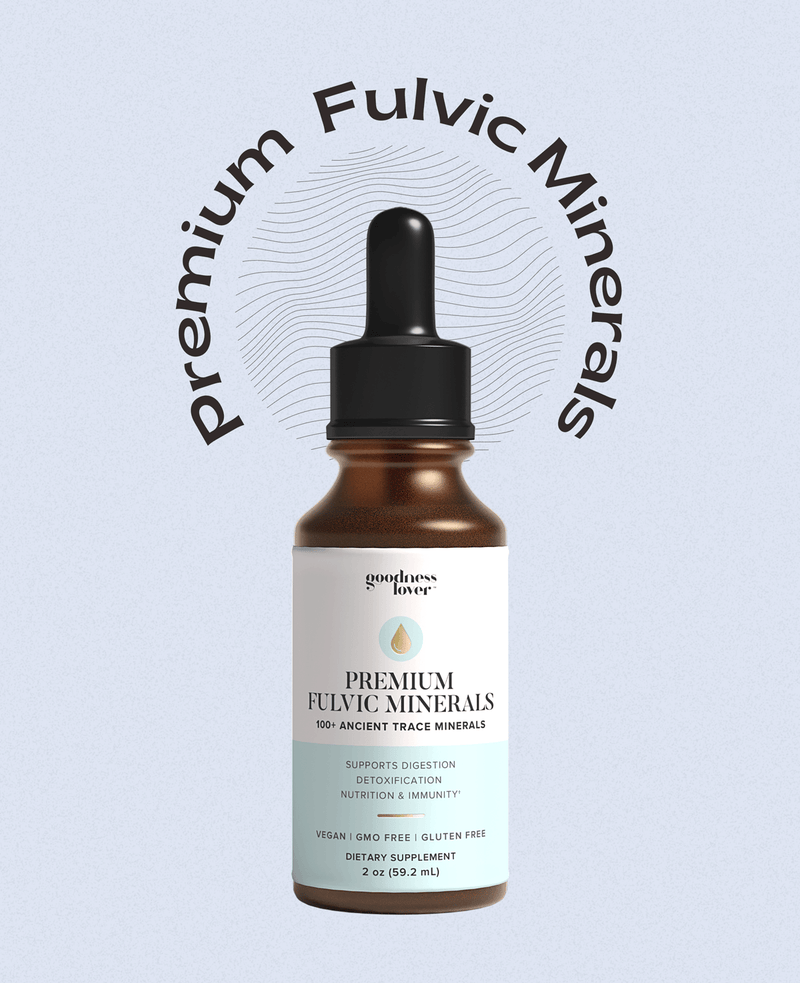





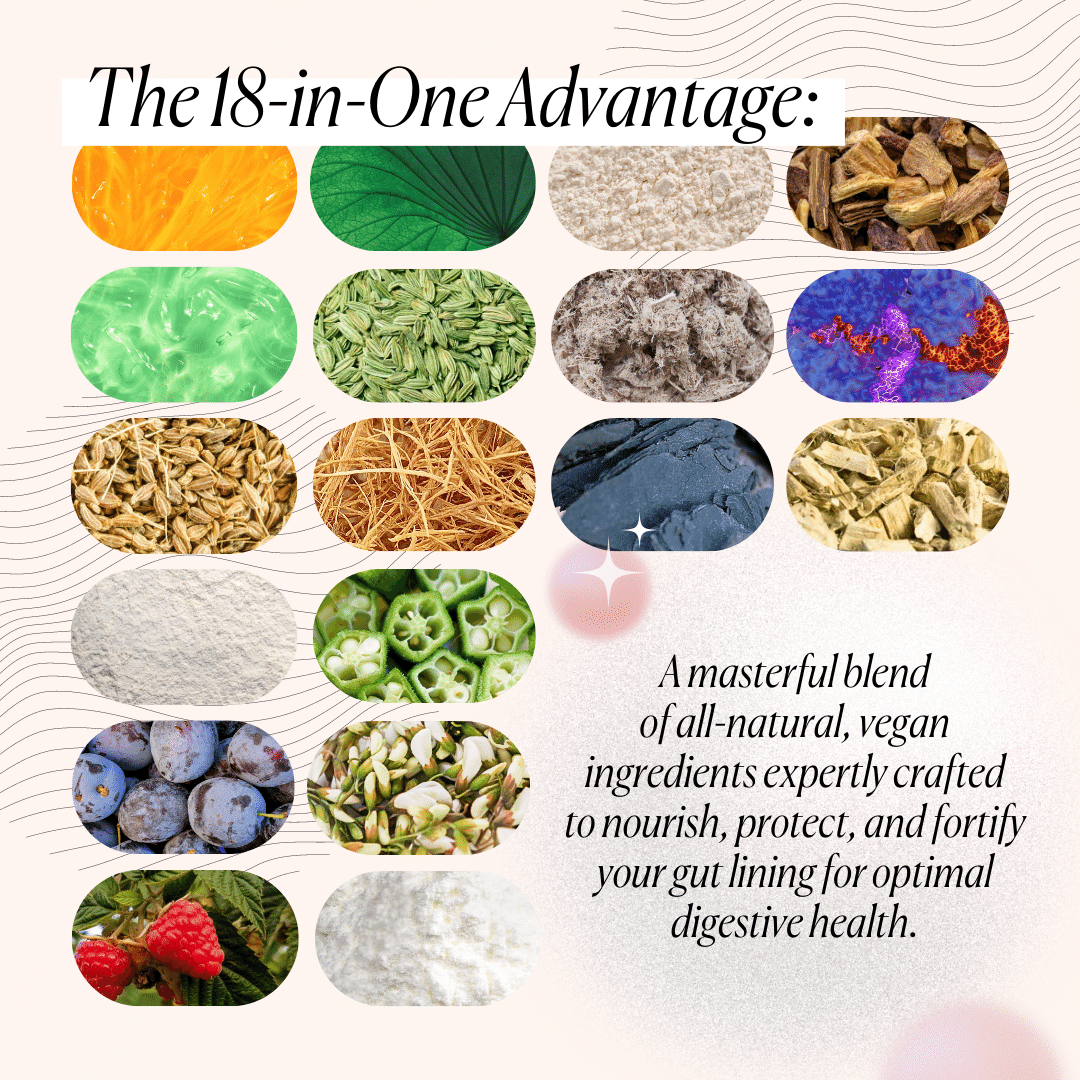

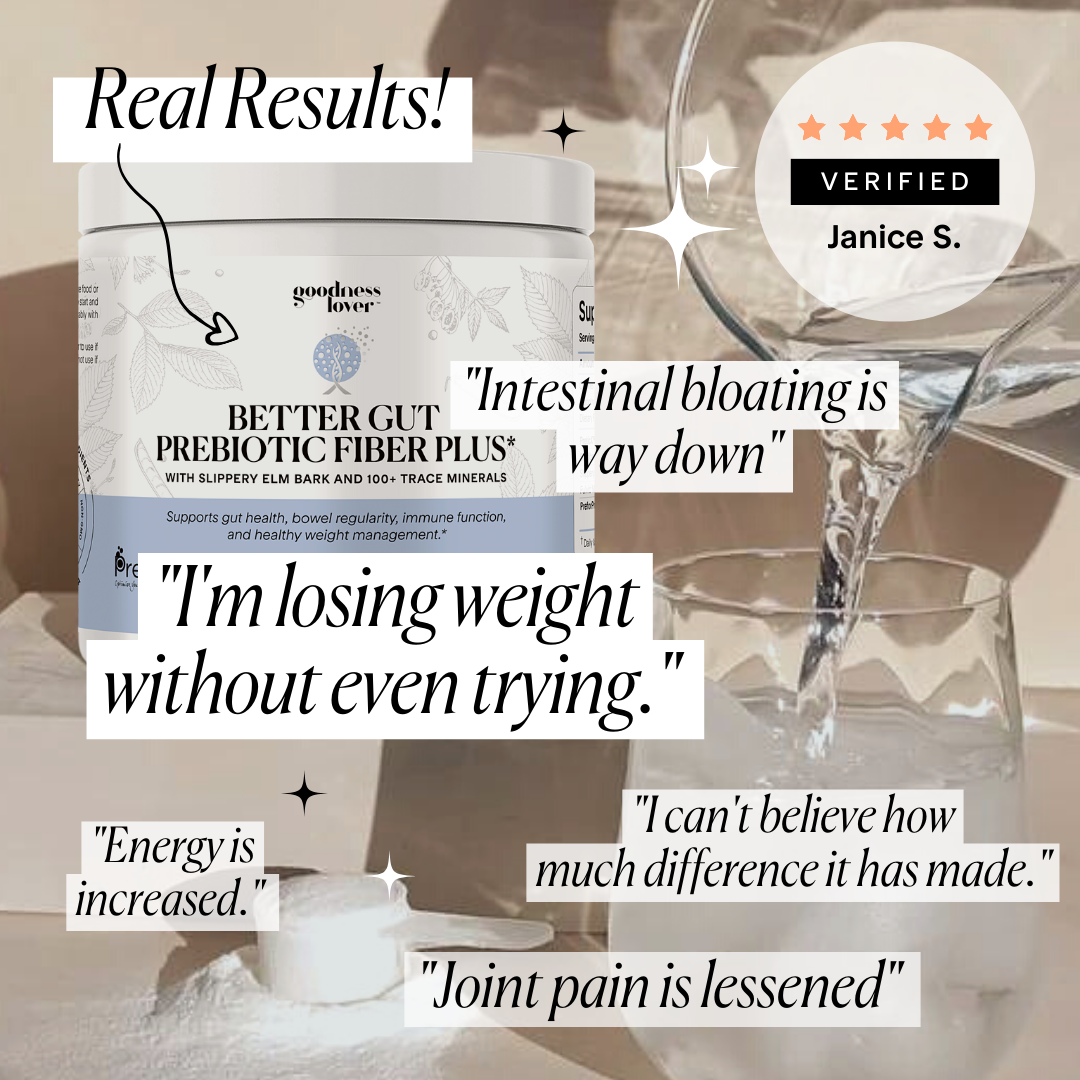
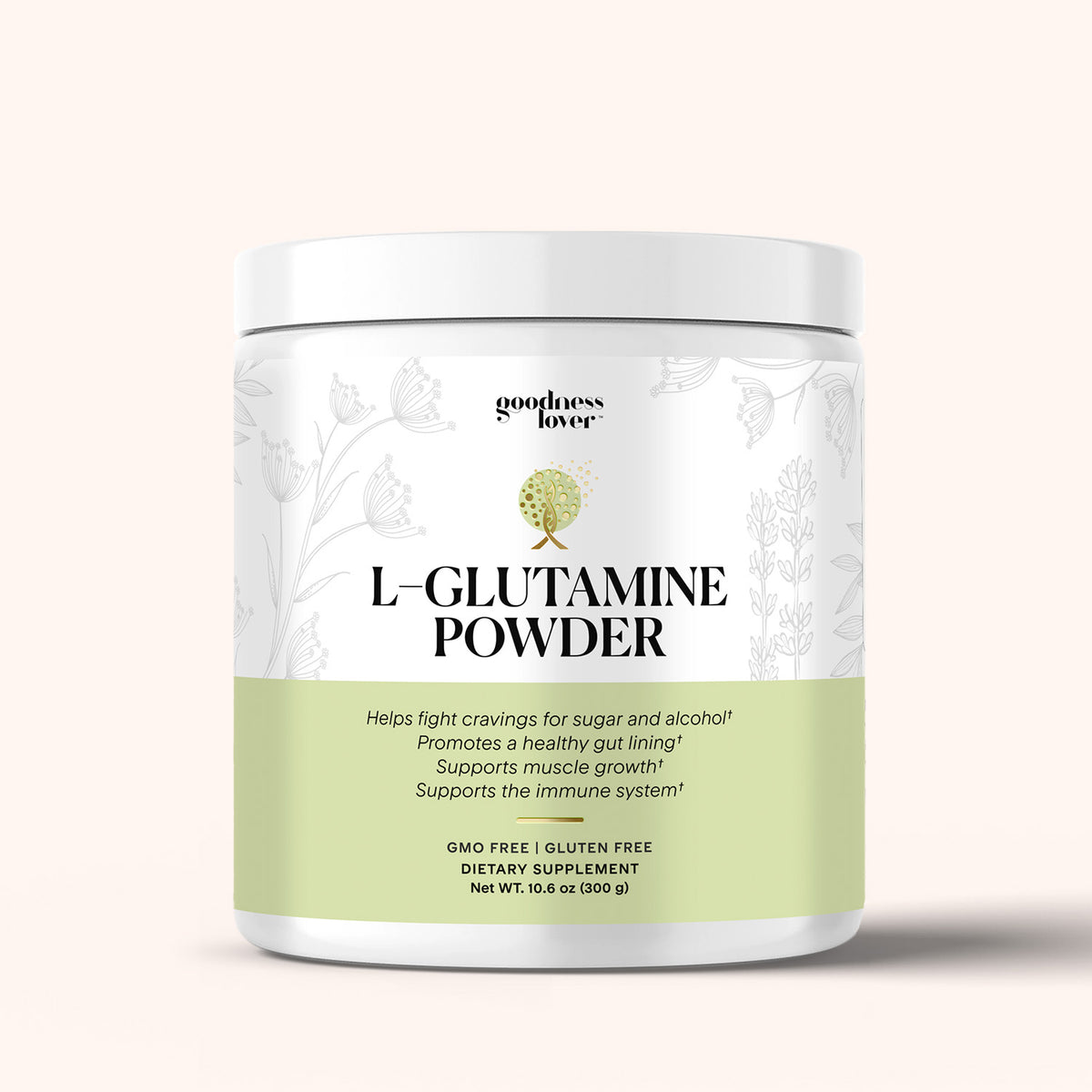
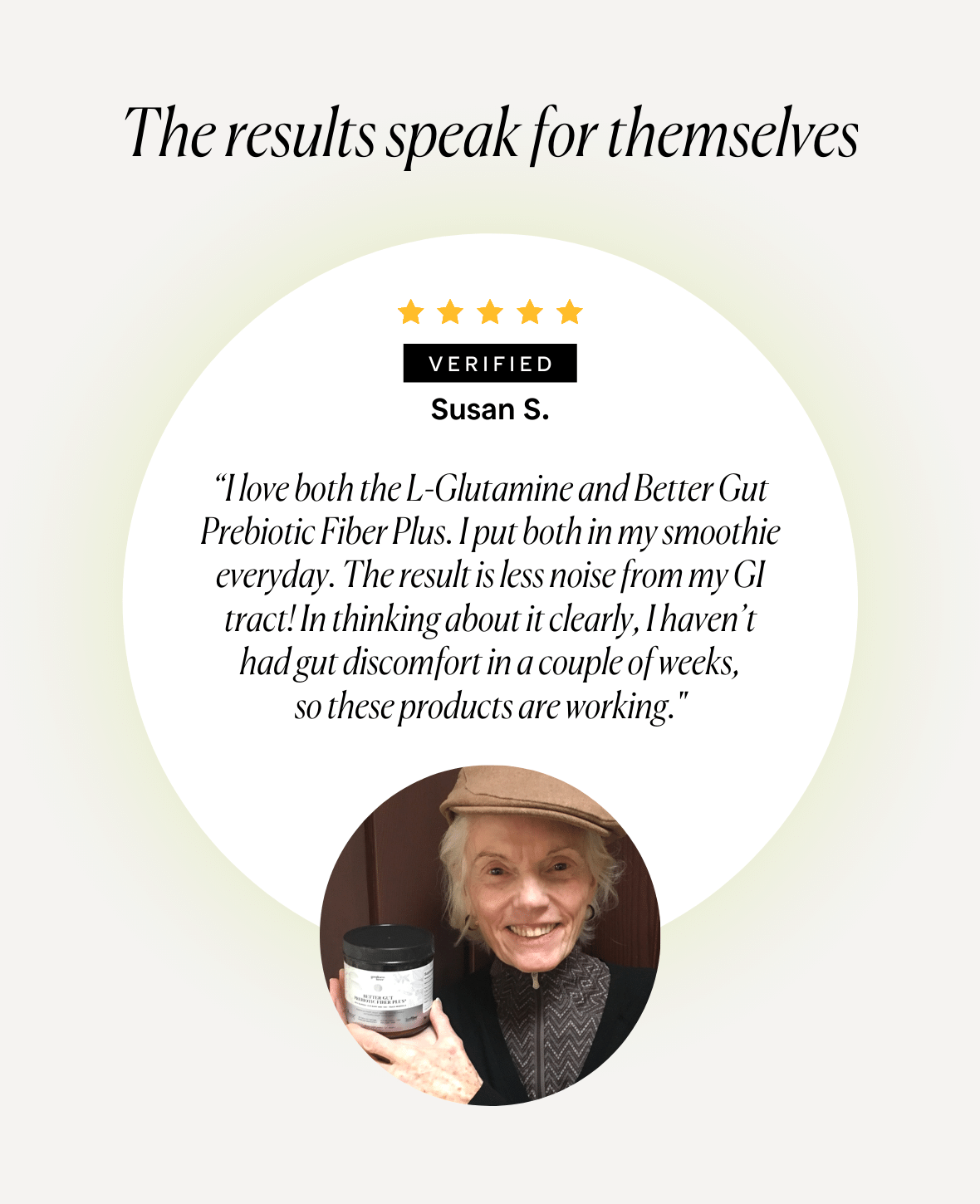

What Do You Think? Comment Below: